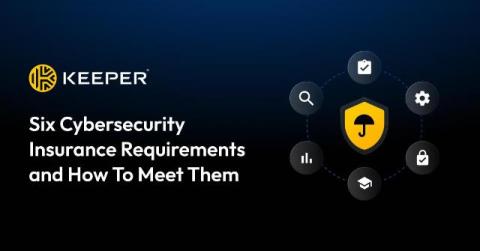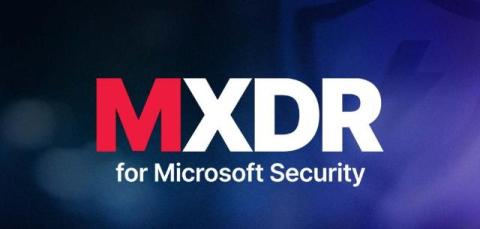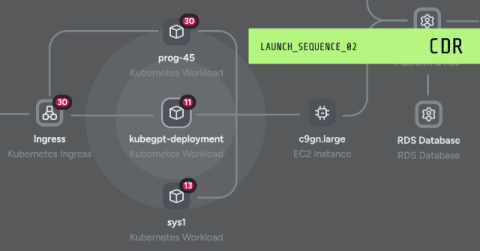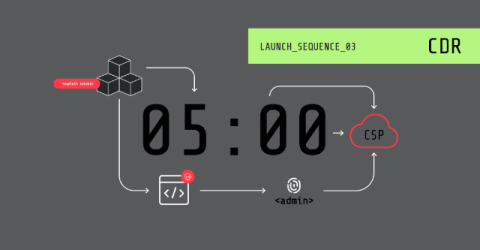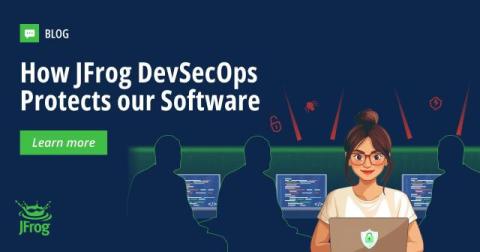Beat the Heat and Cyber Threats This Summer
Summer is a time for relaxation, travel, and spending quality moments with family and friends. However, it is also peak season for cybercriminals who exploit the vulnerabilities that arise during this period. Cyberattacks surge during the summer holiday season as businesses and individuals let their guard down. Many companies operate with reduced staff as employees take time off, leaving fewer eyes on critical systems and security measures.





